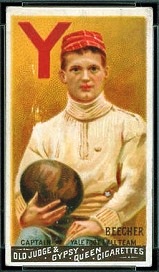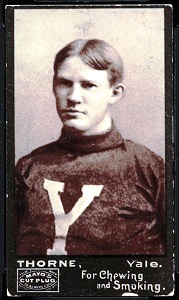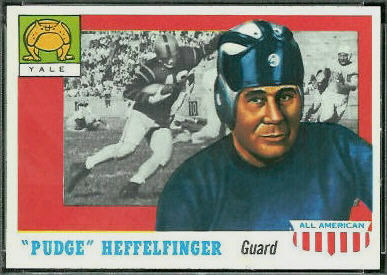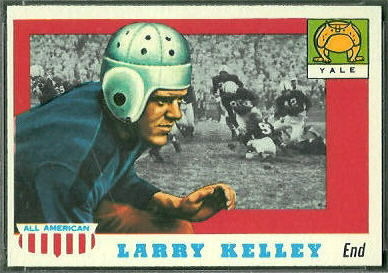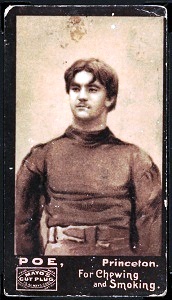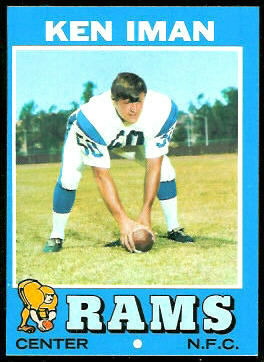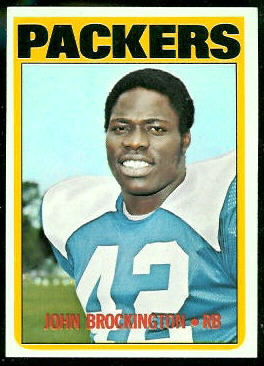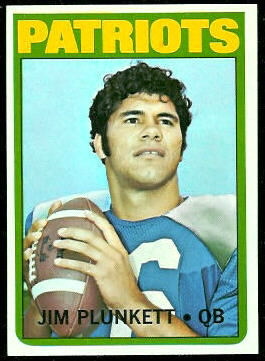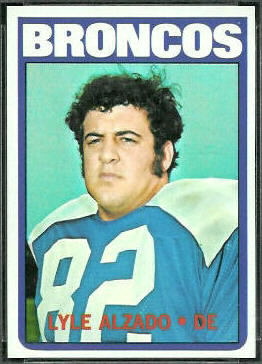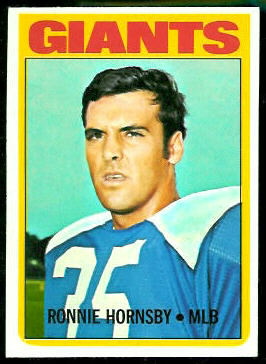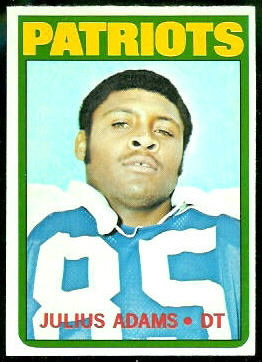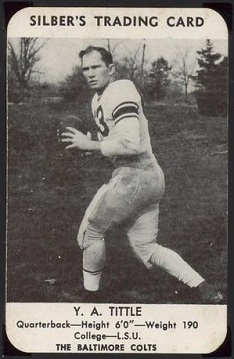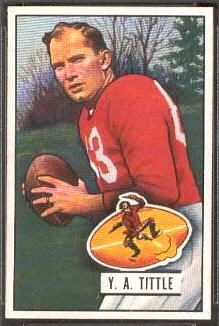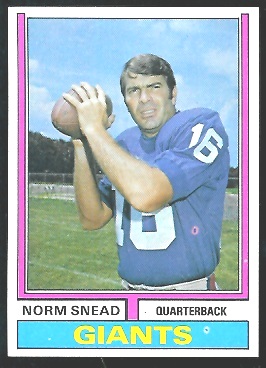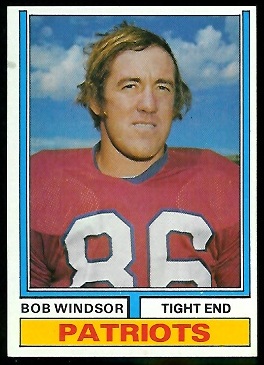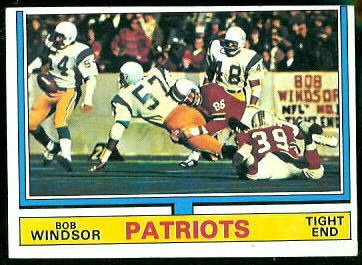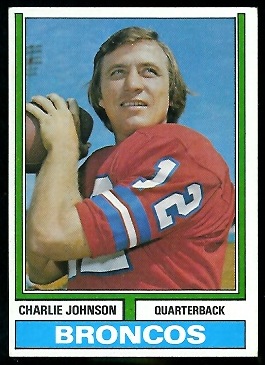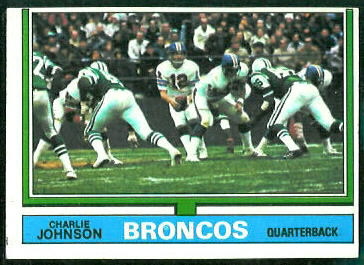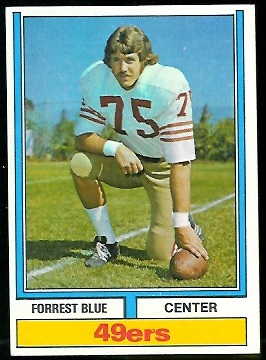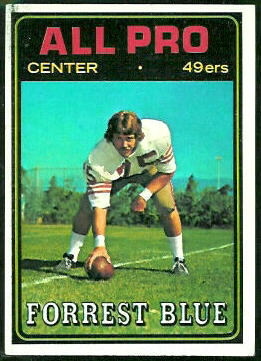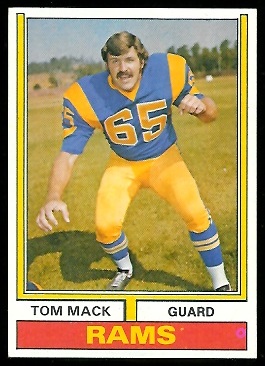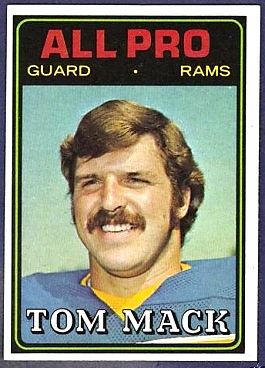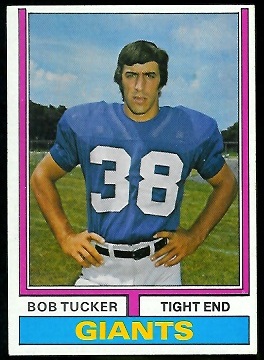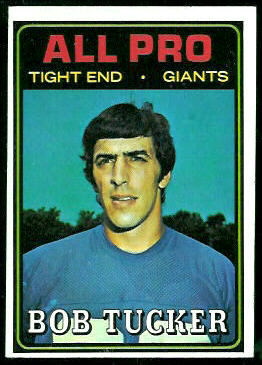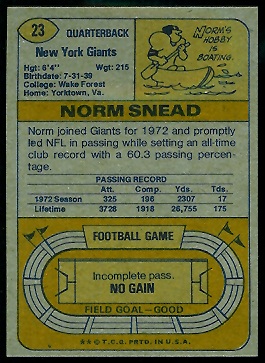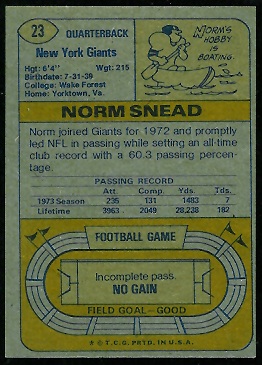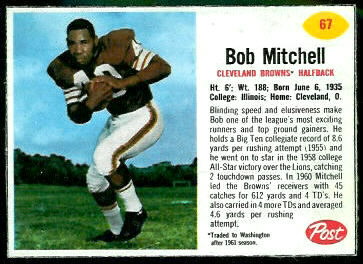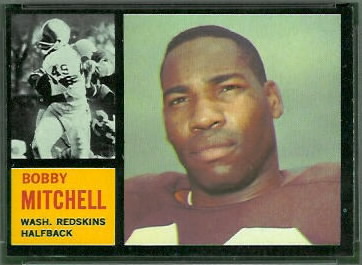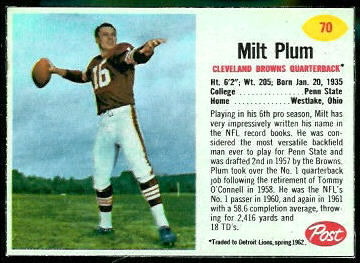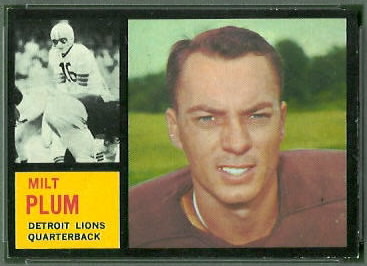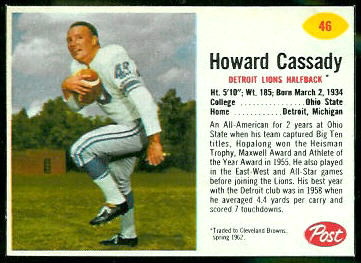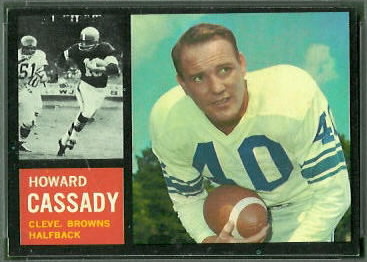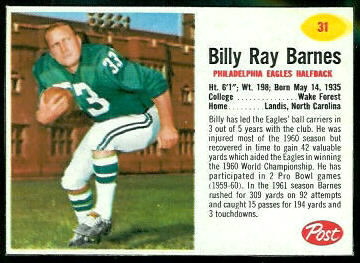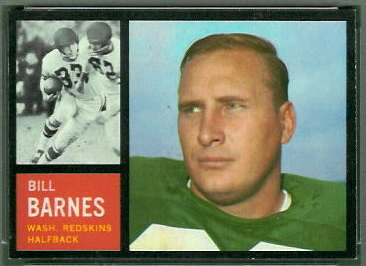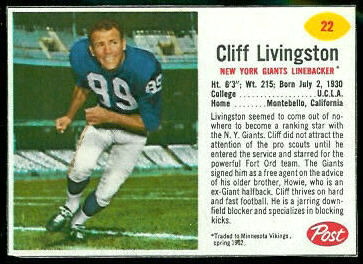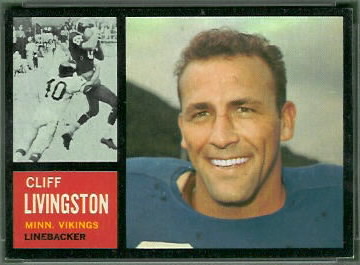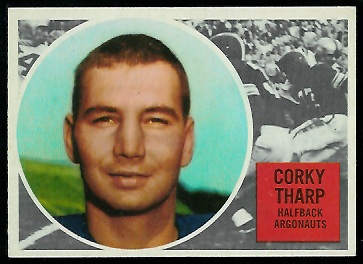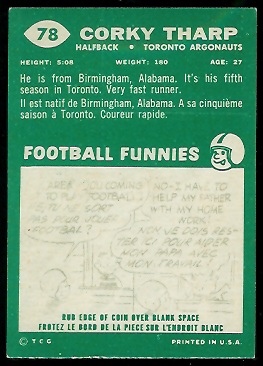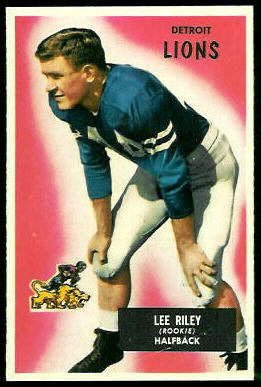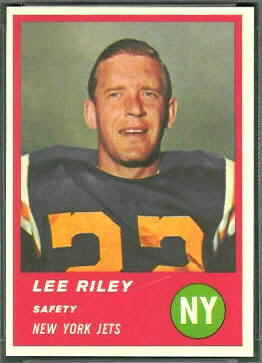Z is for Zebras
May 16th, 2010 | Published in ABCs of Vintage Football Cards, Football Card Trivia
Last fall, when I wrote in the Collectors Universe forums that I was starting the ABCs, I said that I hadn’t yet thought of a topic for Z. One of the participants there (thanks, nam812!) suggested “Z is for Zebras.” Great idea, I thought, but only a few vintage cards of officials came to mind, and all of them were in the 1966 and 1967 Philadelphia sets. If I had only those to write about, “Z is for Zebras” would be a short article.
I learned last week, though, that Bruce Alford was a longtime NFL official who had appeared on a card as a player. I wondered if other officials had appeared on cards as players, too. Wikipedia happens to have an all-time list of NFL officials, so I perused the list, looking for names I recognized from cards. Including Alford, I found four. That was better, now I could include them in this article, as well.
First, the Philadelphia cards. The 1966 and 1967 Philadelphia sets each include a Referee Signals card and a few cards that have referee signals on the back. In the 1966 set, the referee signals appear on the backs of the “play” cards; in the 1967 set, they appear on the backs of the team cards. The Referee Signals cards and the back of the 1966 Philadelphia Vikings Play card are shown here.
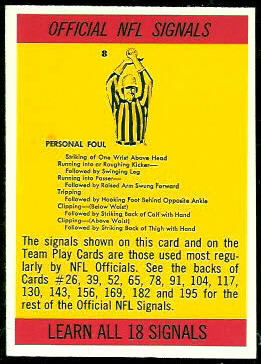

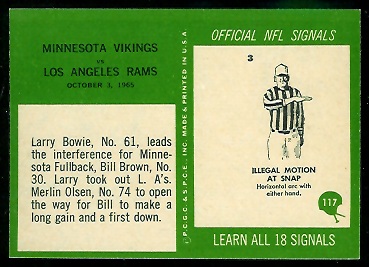
Except for an occasional official in the background (thanks, revmoran!) or random striped shirt in an action photo, that’s really about it for officials on vintage cards. But then we have the zebras who appeared on cards in their pre-zebra days:
Bruce Alford, who recently passed away, spent six years as a player in the AAFC and NFL, then officiated in the NFL for twenty years. He officiated Super Bowls II, VII, and IX. Alford appeared as a player on a 1951 Bowman card.
Al Conway was the Eagles’ first-round draft pick in 1953, and he appeared on a 1953 Bowman card. According to pro-football-reference.com, he never played a league game, but he went on to officiate for 28 years in the AFL and NFL.
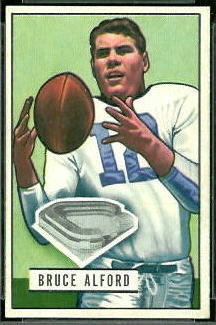
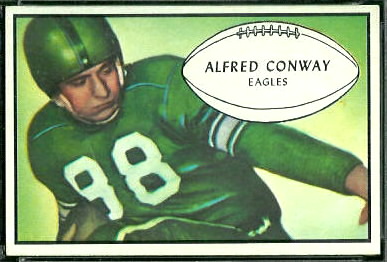
Pat Harder played eight years for the Cardinals and Lions, and he appeared on four cards in that span: 1948 Bowman, 1948 Leaf, 1950 Bowman, and 1953 Bowman. His 1948 Bowman card is pictured here. After retiring as a player, Harder was an official for seventeen years. One game he officiated was the Raiders-Steelers playoff game in which Franco Harris made his Immaculate Reception.
Finally, Frank Sinkovitz was a center and linebacker for the Steelers for six years. He appeared on the 1950 Bowman card pictured here, and a 1951 Bowman card. After his playing days, he officiated for 26 years. One game he officiated was Super Bowl XV.
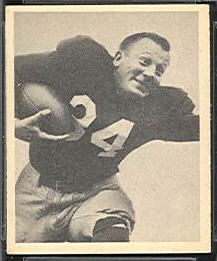
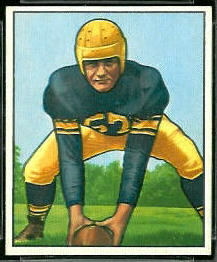
So there you have it, the NFL officials rookie card collection. If you can think of additions, let me know.
Now I know my ABCs…
- Previous: Y is for Yale
- All of the ABCs
- Search eBay for: Bruce Alford, Al Conway, Pat Harder, Frank Sinkovitz
- Search Nearmint’s Cards for: 1948 Bowman, 1950 Bowman, 1951 Bowman, 1953 Bowman
